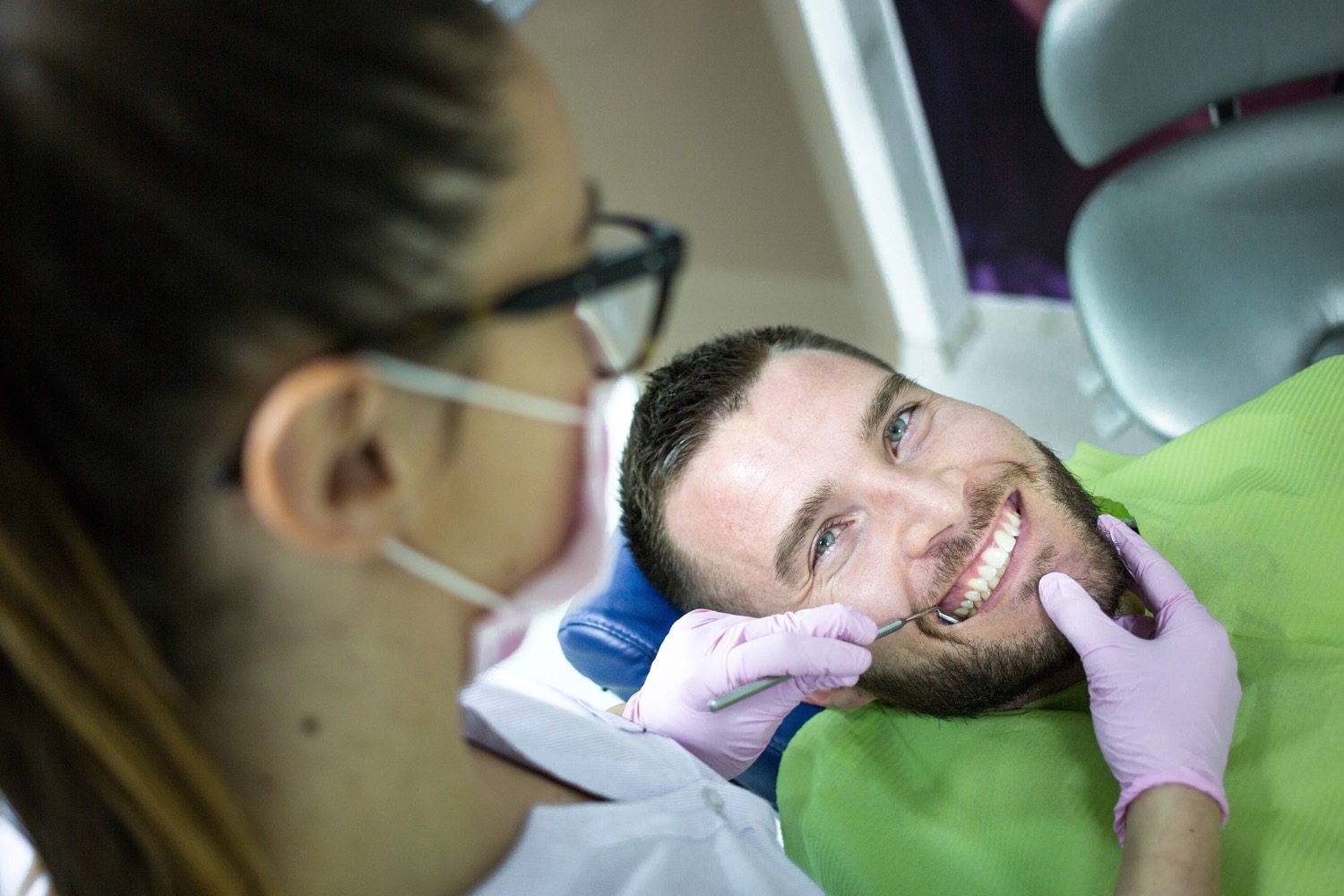Teeth Microabrasion Procedure - All you need to know!
- Dr.Nineska STUDIO DENTISTICO
- Oct 24, 2023
- 3 min read
Updated: Mar 16, 2024
Teeth microabrasion procedure is aimed at eliminating superficial discoloration and minor imperfections on the enamel of your teeth. This technique combines a gentle abrasive with a mild acid to delicately remove surface stains and flaws. Ideal for individuals with enamel defects or stains caused by excessive fluoride, it offers a conservative and effective solution.

In this comprehensive guide, we'll dive deep into the procedure, discussing its contents, benefits, potential side effects, and how it compares to other dental procedures.
What is Teeth Microabrasion procedure?
Teeth microabrasion is a minimally invasive procedure that involves the removal of a thin layer of the enamel to correct or reduce the appearance of discoloration and other surface imperfections. The process combines a mild abrasive agent with a weak acid, resulting in a slurry that gently removes stains and defects.
Contents of the Microabrasion Slurry
Abrasives: Typically, pumice or silica is used as the abrasive agent.
Acids: Hydrochloric acid or phosphoric acid is commonly used.
Water: To create a slurry consistency.
The Procedure
The dentist will apply the slurry onto the affected area using a rotary tool, gently buffing away the stains and imperfections. The procedure is relatively quick, usually completed within one to two visits.
Comparing Microabrasion with Other Dental Procedures
Microabrasion vs. Teeth Whitening
Effectiveness: Teeth whitening is more effective for overall discoloration caused by foods, drinks, or smoking, while microabrasion is ideal for localized stains and enamel defects.
Procedure Time: Both procedures are relatively quick, but teeth whitening may require multiple sessions.
Longevity: The results of microabrasion are permanent since it involves the removal of enamel. Teeth whitening may require regular maintenance.
Microabrasion vs. Veneers
Invasiveness: Veneers are more invasive, requiring the removal of a significant amount of enamel. Microabrasion is less invasive.
Cost: Veneers are generally more expensive than microabrasion.
Longevity: Veneers offer a longer-lasting solution but may need replacement after 10–15 years.
Benefits of Microabrasion
Aesthetic Improvement
Stain Removal: Effectively removes localized stains and discoloration.
Smoothing of the Enamel: Results in a smoother and more uniform appearance.
Minimal Invasiveness
Preservation of Enamel: Only a very thin layer of enamel is removed.
Quick Recovery: Patients can resume their normal activities immediately.
Cost-Effectiveness
Affordable: Generally more affordable than veneers or crowns.
Potential Side Effects and Concerns
Enamel Loss
Irreversible: The procedure involves the removal of enamel, which does not regenerate.
Sensitivity
Temporary Discomfort: Some patients may experience temporary sensitivity to hot or cold.
Not Suitable for All Stains
Limitations: May not be effective for intrinsic stains or severe discoloration.
Aftercare and Maintenance
Oral Hygiene
Regular Brushing and Flossing: Essential to maintain results and overall oral health.
Regular Dental Check-ups: Necessary to monitor the condition of the enamel and overall oral health.
Avoidance of Staining Agents
Foods and Drinks: Limiting intake of staining agents like coffee, tea, and red wine can help preserve results.
People Also Ask
What types of stains can microabrasion remove?
Microabrasion is most effective for removing superficial stains, white spots due to demineralization, and small defects on the enamel.
Is the procedure painful?
The procedure is generally painless, but some patients may experience temporary sensitivity.
How long does the procedure take?
The procedure usually takes about one to two visits, depending on the extent of the imperfections.
Can microabrasion whiten my teeth?
Microabrasion can remove certain stains and improve the uniformity of the enamel, but it is not a teeth whitening procedure.
How much does microabrasion cost?
The cost varies depending on the extent of the treatment and geographical location, but it is generally more affordable than other cosmetic dental procedures.
Is microabrasion safe?
Yes, when performed by a trained and qualified dental professional, microabrasion is considered safe.
How long do the results last?
The results of microabrasion are permanent since it involves the removal of enamel.
Can microabrasion be done at home?
Microabrasion is a dental procedure that should only be performed by a trained and qualified dental professional.
Will my insurance cover microabrasion?
Coverage varies by insurance provider and policy, so it is best to check with your insurance company.
How do I take care of my teeth after microabrasion?
Maintaining good oral hygiene practices, avoiding staining agents, and regular dental check-ups are essential for preserving the results and overall oral health.
Conclusion
Teeth microabrasion offers a conservative and effective solution for removing superficial stains and minor enamel defects, providing a smoother and more aesthetically pleasing appearance. While it is not suitable for all types of stains and does involve the removal of enamel, the minimal invasiveness, quick recovery, and cost-effectiveness make it a popular choice for many. As with any dental procedure, it is crucial to consult with a qualified dental professional to determine if microabrasion is the right option for you. For more information, you can visit the American Dental Association's website or consult the Wikipedia page on dental procedures.




Comments